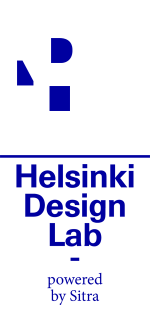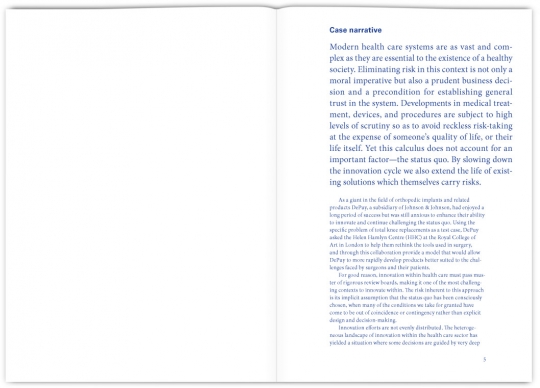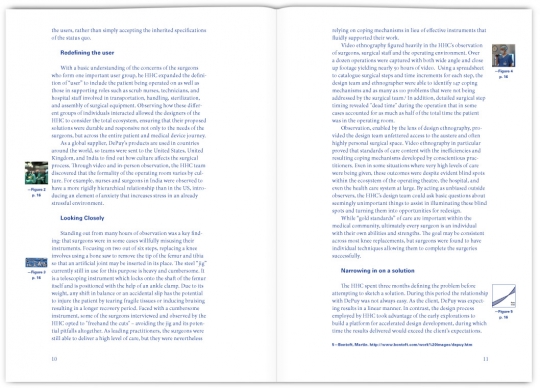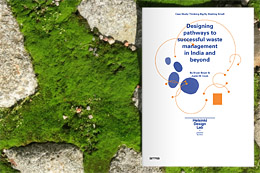The quick update is that the three case studies we've had for a while are now available as print on demand booklets and as revamped PDF downloads. Nestled amongst the flora and minerals of Helsinki, they look like this:
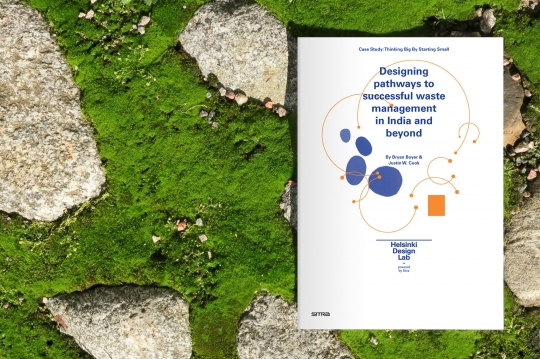
Download Thinking Big by Starting Small as a PDF, order a printed copy, or view online.
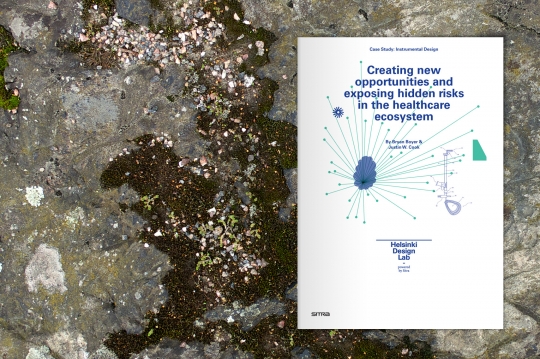
Download Instrumental Design as a PDF, order a printed copy, or view online.
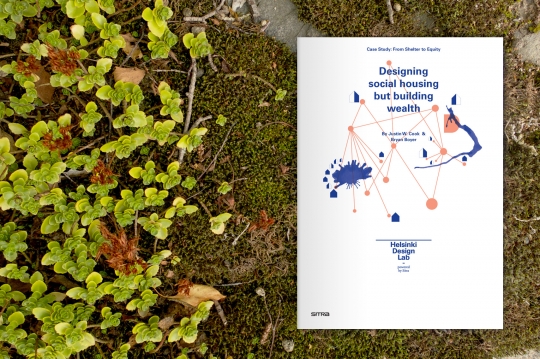
Download From Shelter to Equity as a PDF, order a printed copy, or view online.
The content is 99.8% the same, but we've changed the format. When we started this iteration of HDL we felt the need to create a bit of literature that would describe strategic design as we saw it. At that point, in late 2008 / early 2009 we had not done any Studios, Low2No was not launched yet, and the other projects were not even on the radar. So we needed examples.
The cases became those examples and we felt that it was important for HDL/Sitra to act as an objective voice that could discuss the good, the bad, and the difficult in each of the cases. So we set out to write about design in a somewhat unusual way: the subject was design activity, but we imagined ourselves writing to an audience of policymakers. The task with the cases was to figure out how to demonstrate the value of the strategic design approach. This seems more commonplace now, but there were few people using design and policy in the same sentence in 2008.
An animation depicting the writing process for the first three case studies in early 2009
This led to rather long documents that thoroughly document the work. But at the same time the length of the cases makes them somewhat difficult to approach. They're long, but what if you only have a few minutes to read?
In reformatting them as booklets we've tried to address this in a couple ways. The first of which, and the only new writing in the booklets, is to provide a bullet-point overview right at the beginning. On the left column of the overview you see the story in a few bullets. On the right you see 'points of practice' that are drawn from this.
Borrowing from the design of the case pages on this website, we've started each narrative with a paragraph in large letters. As the table of contents for each one reads, if you're short on time, just read this one page. The first paragraph or two tells the story from end to end. Hopefully if you read this one page you'll be convinced to give the rest of the document a shot.
The body of the text is unchanged. We've adopted a format for these pages that puts the images in the margins as links to a figures section. In all honesty, keeping the full images in a figures section makes the layout work much quicker since we don't have to adjust the flow of the text to the images. With this done in my free time between various other projects, time was an important consideration. If we had more time it would be nice to draft a set of questions that could be used in conjunction with these documents in a teaching environment. Someday.
Redoing these cases was a pretty quick project, but I hope the extra effort was worth it, and that it gives them something of a new life. Or rather, I hope you give them a new life by downloading and reading them.
But now a moment to reflect on one of our miscalculations during the last four years. When we launched this website we thought that there would be plenty of cases out there just waiting to be documented. In early discussions with BERG, who helped us nail down our strategic positioning, we talked (dreamt?) about a regular flow of case studies. At the time we thought there must be tons of people practicing strategic design that we just hadn't met yet. We would take submissions on the site and then publish the best on a yearly basis. Or so we thought.

From an early strategy session. In the top left there you can see the idea of an annual case study book.
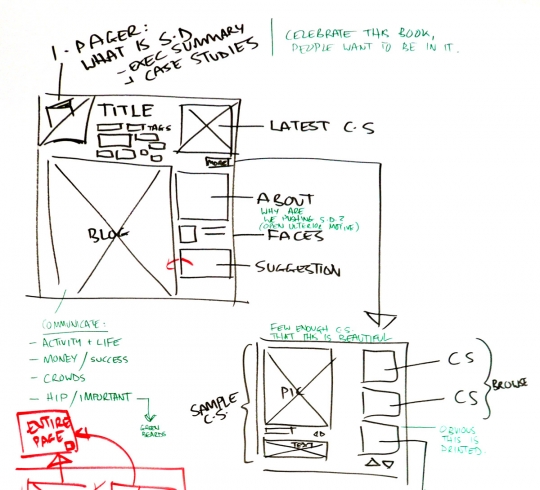
Early website wireframe: "Celebrate this book. People want to be in it."
This was before we set about drafting a long list of cases, querying our network for suggestions, and then doing the research on a short list of possibilities. What we found is that the total number of cases was in the 10s, not the 100s. The pipeline that we imagined was not gushing; it was barely a trickle. This made the cases we did find more precious, but it also meant that some of the assumptions about the total volume of work were incorrect. We were careful to be very specific about what qualified as a strategic design case study, and the result is that very little qualified. I stand by the decisions that we made about narrowing the scope, but it means that we also narrowed the volume.
Unfortunately, we were moving so quickly that this visioning process was going on at the same time as we were building the website and we faced a choice: how to handle case study submissions. On the assumption there would be a steady stream of strategic design cases, we designed an elegant case study submissions process with the help of XOXCO and Rumors Studio, who were the team that built this site.

A screenshot of the submission process (still live) which gets little use.
The case study submission process is a pretty complicated thing to build but the team managed to make it seamless from a user perspective. The work is top notch, but I'm sorry to report that it has been used a total of less than 10 times. 10 times in four years! Admitting this is painful because it means that we spent money and time to automate something that didn't need to be automated because there is not enough volume. Admitting this is painful because it means I made an error of judgement.
It drives home a point made by Joi Ito, one that I refer to regularly these days, so excuse me for being repetitive: it can be more expensive to plan and prepare than it is to develop and test with real users (particularly when considering software). If I had a time machine I would jump back to 2009 and tell younger-me to slap a basic contact form on the submission page and see how it goes. Just deal with the (presumed) onslaught of poorly formatted word documents, mismatched PDFs, and random emails. Putting up with it for just a little bit means that you only invest in building software when you know it's going to return value. If there were avalanches of submissions then it would not only be worth the time and money to make an automated submission process, but we would also have examples of what the submissions look like and so we'd be better informed about how the process should work.
But I don't have a time machine, so instead that leaves us here, with me shamelessly sharing our findings and telling you not to invest money in building a custom process until you've done it manually at least 10-20 times.
I'm not fretting, though. Today we have a better handle on what constitutes a strategic design case study, we have a better network that informs us about projects here and there, and more of this design work is being practiced around the world. That's what matters.
Onwards!
